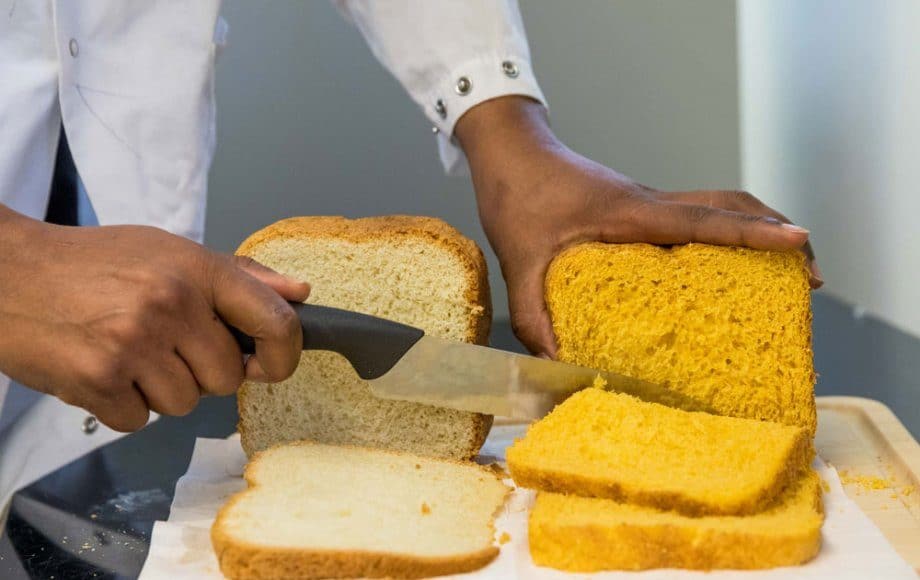By adding sweet potato puree into bread vitamin A is added and the starch composition is changed to increase fibre content, a news release from South Dakota State University (SDSU), says on March 22.
By altering the starch composition a greater portion of the carbohydrates will take longer to digest, so eating bread is less likely to cause an increase in blood sugar which can be beneficial for diabetics, Srinivas Janaswamy, an assistant professor at SDSU’s Department of Dairy and Food Science. The increased amount of fibre, called resistant starch, can also help improve gut health.
Starch absorption were differences with traditional and sweet potato-enriched bread were tested between one and two hours of digestion, the release notes. In traditional bread, 75 per cent of the starch is rapidly digested, while only 50 per cent of rapidly digested starch when sweet potato puree replaces 50 per cent of the wheat flour. Slowly digested starch decreases from 16.3 per cent in traditional to 9.4 per cent in the sweet potato bread and resistant starch increases significantly from nine per cent in traditional bread to 41 per cent in sweet potato bread.
The amount of starch in sweet potato bread which digests rapidly is significantly lower than that of traditional bread, Janaswamy says in the release.
Researchers also evaluated vitamin A availability in the bread. When sweet potato puree replaces 50 per cent of the flour, the bread can provide 82 per cent of a one to three-year old’s daily beta carotene requirement and 62 per cent of a for to eight-year-old’s daily requirement. A serving of 50 per cent sweet potato bread can provide 33 per cent of a pregnant or lactating woman’s daily beta carotene requirement, the release says.
In future work, Janaswamy hopes to look at varying the sweet potato bread’s fat content.
Results on this study were published in the Institute of Food Technology’s Journal of Food Science.











